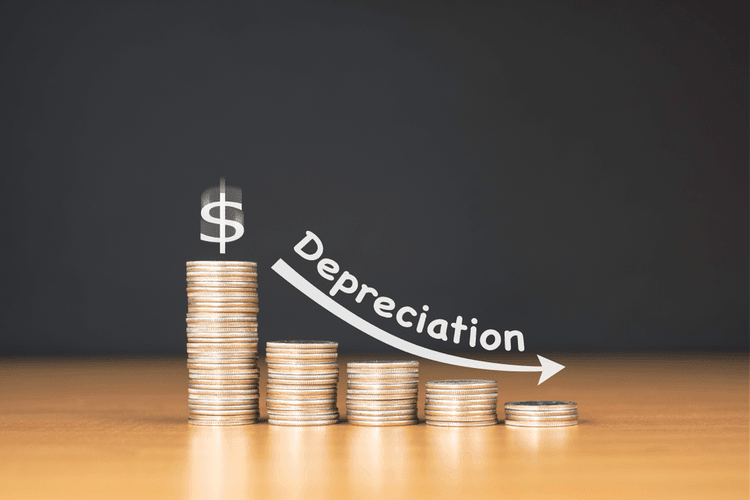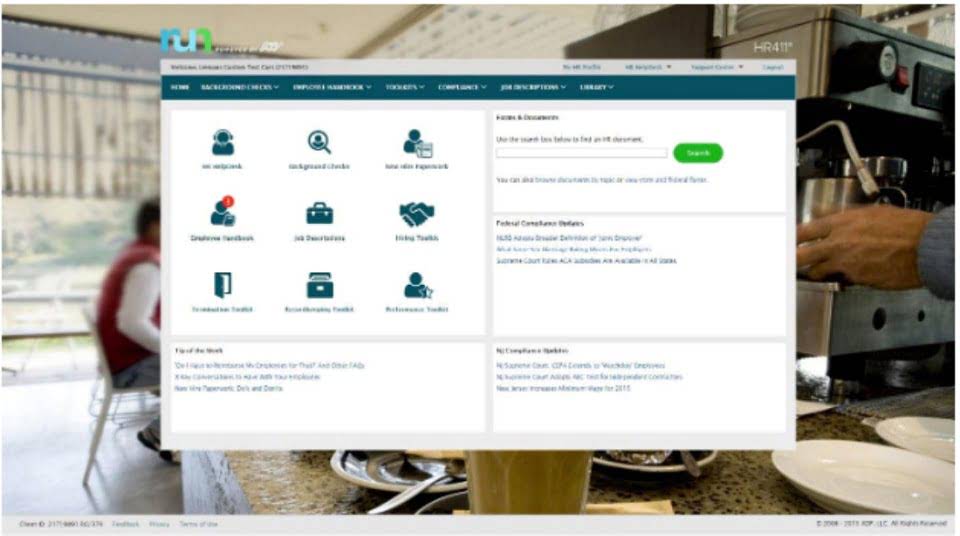
They’re essentially the income leftover (or net profit) after a business has paid shareholder dividends. On the balance sheet, retained earnings is a cumulative calculation of net income minus net dividend payments. Your current retained earnings are simply whatever you calculated during your last financial period.
How Retained Earnings Impact Financial Ratios and Business Analysis
This financial buffer provided by retained earnings enhances a company’s financial health and stability. Businesses use assets to generate revenue and enhance productivity, while retained earnings play a strategic role in funding growth opportunities and future investments. Retained earnings, on the other hand, are a category of shareholder’s equity. They represent the accumulated profits reinvested back into the company.
Share This Story, Choose Your Platform!

In other words, retained earnings is the amount of earnings that the stockholders are leaving in the corporation to be reinvested. Over the same duration, its stock price rose by $84 ($227 – $143) per share. For example, during the period from September 2021 through September 2024, Apple Inc.’s (AAPL) stock price rose bookkeeping from around $143 per share to around $227 per share.
Leverage retained earnings for business success
Higher dividend payouts reduce retained earnings, limiting funds available for growth or debt reduction. Lower dividends increase retained earnings but may disappoint investors seeking regular income. The nature of retained earnings in different business structures influences how owners and managers make decisions about reinvesting profits or distributing earnings. In corporations, retained earnings are a key indicator of financial health and growth potential. In smaller or more flexible business forms, the emphasis is often on cash flow and owner withdrawals, with retained earnings playing a less formal role.
- As a result, any factors that affect net income, causing an increase or a decrease, will also ultimately affect RE.
- The same goes for the net profit/net loss, calculated by the month, quarter, year, or whatever your accounting period is.
- Retained earnings influence several important financial ratios used by investors, creditors, and analysts to evaluate a company’s financial health.
- Retained earnings may seem like they would be an asset since they are the cash the company has on hand.
- Retained earnings are an important source of internal financing for business growth.
How Retained Earnings Are Used Within the Company
Retained earnings, on the other hand, specifically refer to the portion of a company’s profits that remain within the business instead of being distributed to shareholders as dividends. Once a business has paid its expenses and taxes, it’s left with net profits that it can either distribute to owners or retain to fund future activities. Also, keep in mind that the equation you use to get shareholders’ equity is the same you use to get your working capital. Working capital is the value of all your assets, minus liabilities. It’s a measure of the resources your small business has at its disposal to fund day-to-day operations. Retained are part of your total assets, though—so QuickBooks Accountant you’ll include them alongside your other liabilities if you use the equation above.
- Deductions from profits cannot change retained earnings into a negative balance.
- As companies generate net income (earnings), management will then use the money for all of the things (and more) listed above.
- Yes, a company’s financial statements may show negative retained earnings.
- Moreover, retained earnings contribute to book value, which is one of the valuation metrics used by investors.
Understanding Treasury Bonds and Other Investments
Because they can be used to buy assets, they do not qualify as an asset in themselves. Moreover, these funds are liabilities to companies, as they are funds set aside to pay back stockholders. Because retained earnings are cumulative, you will need to use -$8,000 as your beginning retained earnings for the next accounting period. Take a look at the overall trend in retained earnings for an idea of how well a company performs financially. An upward curve as the business grows usually signals wise investment and operational efficiency. A flat line or a downward curve could be a sign that the company needs retained earnings on balance sheet help managing its operations or cash flows.
How to Calculate Retained Earnings with Assets and Liabilities
However, it is more challenging to grasp a business with significant retained earnings. It shows a business has consistently generated profits and retained a good portion of those earnings. It also indicates that a company has more funds to reinvest back into the future growth of the business. Yes, having high retained earnings is considered a positive sign for a company’s financial performance. Retained earnings, on the other hand, refer to the portion of a company’s net profit that hasn’t been paid out to its shareholders as dividends. A statement of retained earnings details the changes in a company’s retained earnings balance over a specific period, usually a year.


In other words, a company that aims to grow must be able to put its money to work, just like any investor. Retained earnings can be paid out as dividends, which have different tax implications that will affect the tax consequences and results of this strategy. This formula rearranges the retained earnings calculation to isolate net income. Retained earnings function differently depending on the type of business entity. Understanding how retained earnings are treated in corporations, partnerships, and limited liability companies (LLCs) helps clarify their role in various business contexts. Below is a break down of subject weightings in the FMVA® financial analyst program.

It represents the total capital a business generates in gross sales. That’s distinct from retained earnings, which are calculated to-date. If your business currently pays shareholder dividends, you’ll need to subtract the total paid from your previous retained earnings balance. If you don’t pay dividends, you can ignore this part and substitute $0 for this portion of the retained earnings formula. Understanding the retained earnings formula is crucial for monitoring your business’s financial health and making informed decisions.

Net income represents all of your revenue minus your total expenses. A high level of retained earnings typically suggests a potentially high value for shareholders. It shows the business owners have maintained a robust growth strategy.
